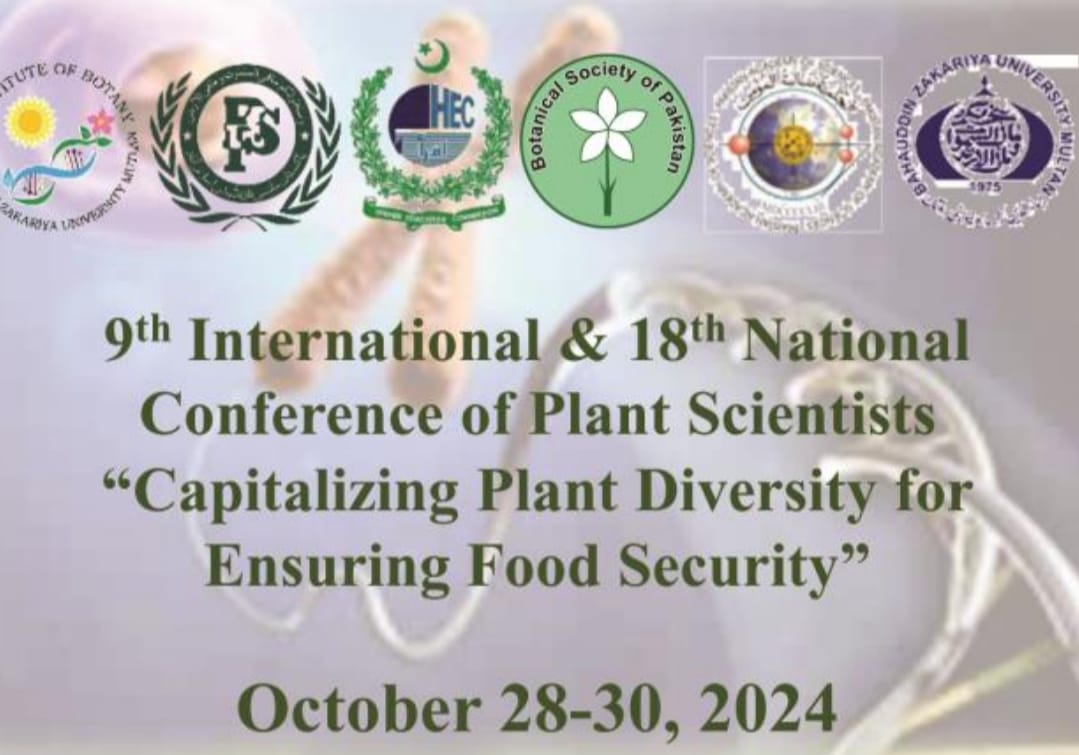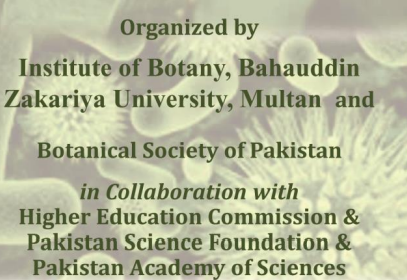-
-
-
-
-
CHENG QIN1, BAOFENG JIN2, YONGHONG TANG3, HAILUN LIU3, QIANG HU2, PUFAN ZHENG1, SITONG LI1, KAILUN MAO1, PENGBO ZHAO1, HUIDA LIAN1, NUDRAT AISHA AKRAM4 AND LIXIN ZHANG1
EFFECT OF VERMICOMPOST ON SOME PHYSIOLOGICAL ATTRIBUTES INVOLVED IN CARBON AND NITROGEN METABOLISM AS WELL AS NUTRIENT STATUS IN LEAVES OF TOBACCO (NICOTIANA TABACUM L.)
Download PDF
-
-
-
-
-
-
-
-
-
-
-
-
-
-
-
-
-
-
-
-
-
-
-
-
-
-
-
-
-
-
-
-
-
-
-
-
-
-
-
-
-
-
-
-
-


